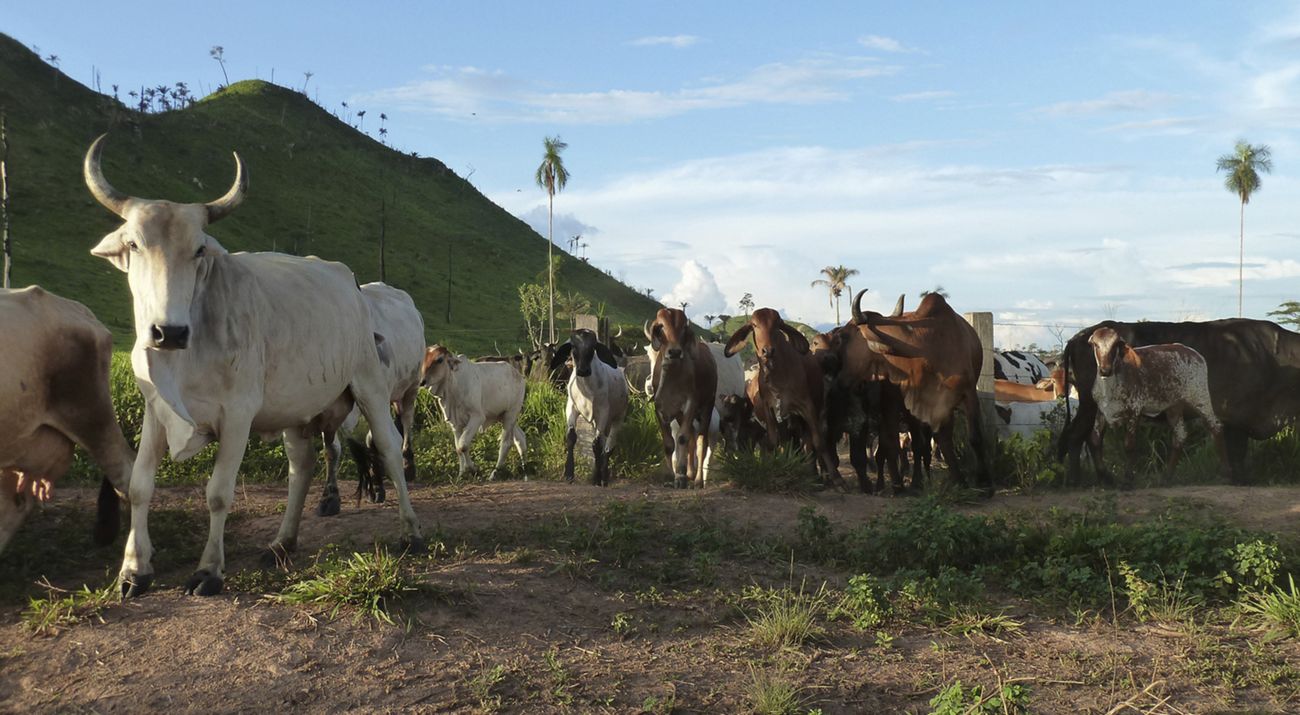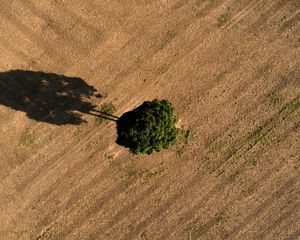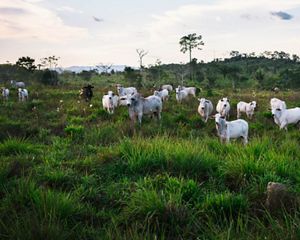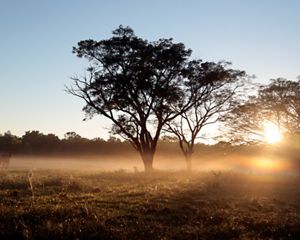Agricultural Growth and Habitat Preservation Can Coexist
And Latin America is going to show us how.
By Ginya Truitt Nakata, Former Director of Lands, Latin America
The challenge is well known. Global agricultural production has to double over the next 35 years in order to keep pace with population growth and an expanding middle class. And all eyes are turning to Latin America, which not only has abundant land and water, but where a number of countries have already demonstrated enormous potential as suppliers of food, fiber, feed, and fuel to the rest of the world.
But therein lies an even greater challenge. Consider these two statistics. First, nearly half (46 percent) of the world’s new cropland that is projected to come on line in low- and middle-income countries by 2050 will be in Latin America. And second, Latin America’s deforestation rate is already triple that of the rest of the world.
According to our studies, nature itself can mitigate about a third of all carbon emissions. But in real terms, the amount of carbon that can be absorbed from the atmosphere this way—in millions of tons—will decline as we bid farewell to the natural habitats that are so important to doing this job. And that will have enormous implications for sustaining agricultural productivity growth over the long term, which of course is vital to the food security challenge.
Amid this concern, there is hope for solutions that show that efforts to massively increase agricultural production can coexist, and indeed benefit from, the determination to prevent any further habitat loss.
In Chiapas, Mexico, an area that has lost half its forest cover to agriculture over the past half-century, climate scientists point to a lengthening dry season that is wreaking havoc on local farmers, who have tended to respond by burning down more forests to increase their cropland. The Nature Conservancy has been working with them to adopt a watershed approach—whereby all farmers in a particular area share in the responsibility for ensuring that sensitive natural areas are protected—unlocking the potential for greater profitability and better livelihoods. We do this by showing them how climate change affects both their farming operations and their nearby forests, and how managing forests and agricultural land across the entire watershed as a single entity will improve their productivity.
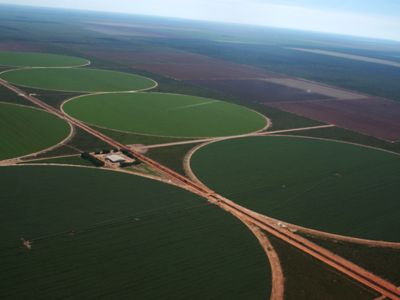
In one dairy-producing area, where this project was able to convert nearly 9,000 hectares of cattle grazing areas into sustainable silvopastoral systems and restore another 8,000 hectares to a natural state (and preserve 30,000 hectares from deforestation), farmers saw their milk production increase between 25 and 40 percent over 2 to 3 years. As a part of this effort, the dairy farmers also decreased their animal methane emissions by about a third.
Can these types of efforts really be adopted on a larger scale? We think so.
Brazil, for example, is at the very center of this issue. It already produces almost half the world’s soybean exports, 45 percent of its coffee and sugar exports, more than 40 percent of its meat and chicken, and a third of its corn. And, with more than half its land area still undeveloped, Brazil is looking to continue to increase its share of global agriculture.
But the Brazilians also recognize that simply clearing more forests and busting more sod in the grasslands is not going to get them very far. The country’s longstanding Forest Code, aimed at protecting natural habitats, has come under fire in the past for lack of enforcement and compliance. But there is evidence that adopting an area-wide land-use planning approach—whereby farmers across the area have both the flexibility to use agriculturally productive lands and the incentive to preserve important natural areas—can take hold and show potential not only to stop environmentally sensitive areas from being converted to agriculture, but also to restore previously developed areas to their natural state.
Models developed by The Nature Conservancy, focusing on commercial sugarcane expansion in a watershed in the Brazilian Cerrado, an agricultural area that is the world’s most diverse tropical savannah, predict that the small costs of compliance to farms and agribusinesses (4.5 percent to 8.2 percent) will yield significant long term benefits to nature—storing up to 2.2 million additional tons of carbon worth up to $265 million, supporting up to three dozen additional species, and marginally improving surface water quality.
Preserving natural habitats and restoring damaged areas to a natural state. More produce from the farms. More income for farmers. More profit and employment across the agricultural value chains. And a beachhead against food insecurity in the decades to come.
That is the value of coexisting, of bringing together environmental protection and agricultural development. It can work. It has to work.
Special thanks to Leandro Baumgarten and Alejandro Hernandez of The Nature Conservancy for their technical guidance in preparation of this article.
Originally Posted on Chicago Council on Global Affairs on September 26, 2018.
